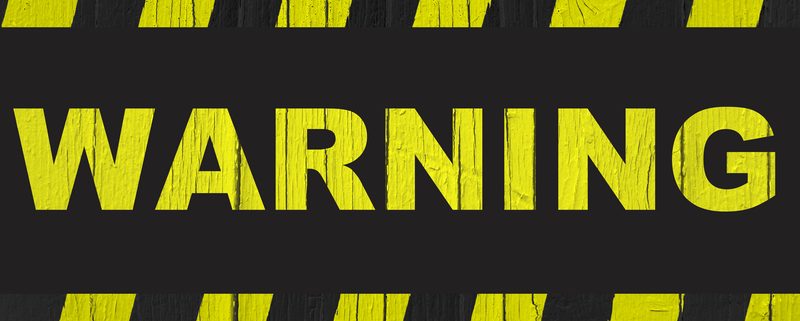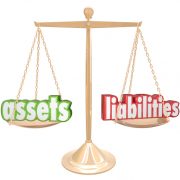Warnings for People Who Ignore Self-Directed IRAs
Any one of us would not ignore a warning on the weather app in our phone, or a warning in a stock ticker. But what about when it comes to retirement strategy? How many people step in and say, “here’s a warning!” It is rare. A good retirement strategy requires an investor who is willing to step up and take charge of their investments. And if you are ignoring Self-Directed IRAs, you may not know what you are missing out on. That is why we have put together some warnings for people who ignore the benefits of Self-Directed IRAs:
Warning #1: You May Not Be as Diversified as You Think
What does it mean to be “diversified”? For many investors, the simple answer is to buy an S&P 500 Index Fund and allow the natural diversification to guide them throughout their lives. But what about other asset classes? If the stock market heads toward a bubble and pops, it leaves investors wondering where they can park their money. Investors who are diversified across multiple asset classes have more security because asset classes may be less correlated.
For example, a Self-Directed IRA makes it easy for an investor to include real estate in their portfolio. Real estate is seen by many as an effective way to build long-term wealth in a way that is separate from what is going on with Wall Street. Investors with well-targeted real estate investments may continue to receive rent checks into their IRA. This creates a diversified class of income that has little correlation with what happens in the stock market. Even in events like the COVID-19 pandemic, such an investment may continue to hold value while other investments begin to look askew.
Warning #2: You are Already Deciding Your Strategy
Many people prefer a “hands-off” approach to retirement. But is this an illusion? The truth is, even the absence of a retirement strategy can be considered a strategy in and of itself.
A passive index investing strategy through a company 401(k) may be convenient, but it is also a strategy. You are in charge of that strategy, and it’s up to you to decide whether to continue it, or to broaden your range of diversification.
It is up to you to seek out retirement help. No one in the world of retirement can take a look at your strategy and start tweaking it for you without your permission. That means you call the shots—even if you would prefer a passive strategy.
Warning #3: Returns Might Not Always Be What They Seem
Depending on your current arrangement, you may be surprised to find that your returns are not always as promised.
There are a few problems here:
- If you are working through an existing plan that has high fees, or if you have purchased a managed plan that has fees associated with it, these fees can eat into your returns. Even if you have a high-performing mutual fund, the fees incurred on the management of this fund can eat into those returns.
- Failure to reinvest. It can be difficult to reinvest a large amount of money with a traditional retirement arrangement. But with a Self-Directed IRA, there may be multiple avenues of reinvesting money into an investment.
If you are not sure whether your current retirement strategy is working for you, it may be time to consider an alternative. A Self-Directed IRA puts you in the driver’s seat so you can use your experience and know-how to make investments the way you see fit. You can also use Self-Directed IRAs to invest in real estate, precious metals, and more.
Interested in learning more about Self-Directed IRAs? Contact American IRA, LLC at 866-7500-IRA (472) for a free consultation. Download our free guides or visit us online at www.AmericanIRA.com.







